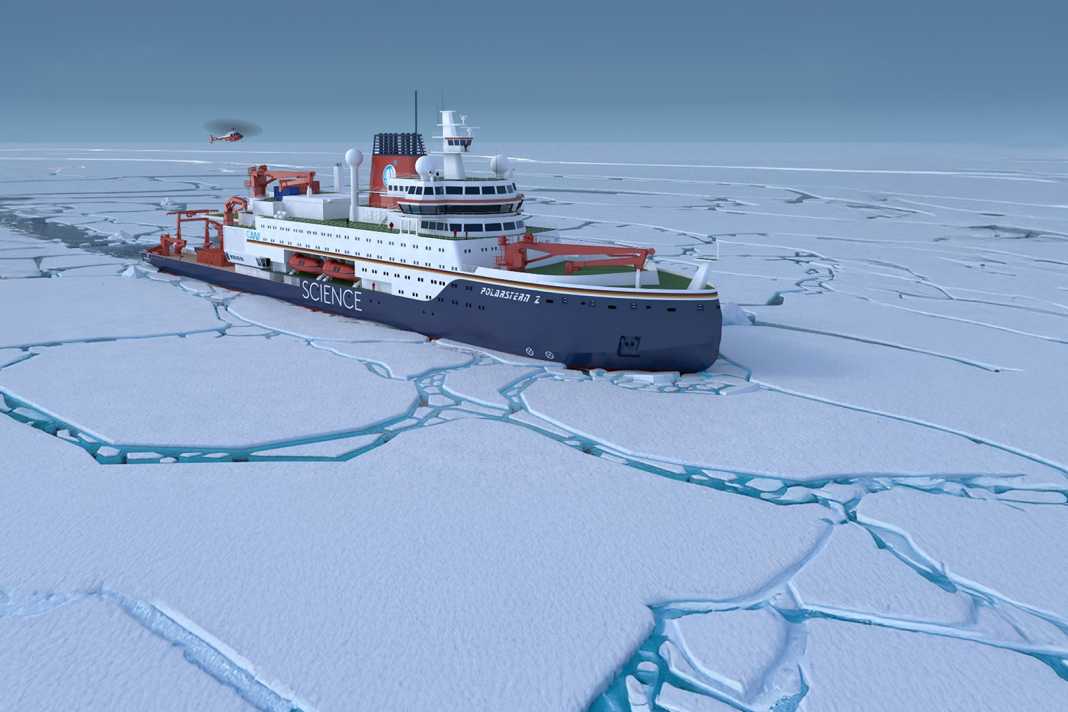





Since its commissioning more than four decades ago, it has been one of Germany's most famous ships - and yet it has almost never been seen in local waters. Since 1982, the research icebreaker "Polarstern" of the Alfred Wegener Institute (AWI) travelling in the high latitudes of the northern and southern hemispheres to enable scientists to work in these remote regions.
In constant use for science
The 12,000-tonne ship, which is almost 118 metres long, will also be used to supply the permanent German Neumayer III research station in the Antarctic. The "Polarstern" is at sea around 300 days a year, with the 100 or so people on board working and researching around the clock. The 146th research voyage in the Southern Ocean is currently underway.
With such constant use, every ship gets on in years. That is why initial planning for an even more efficient successor began back in 2010. After repeated delays and changes to the equipment, requirements and tender, the construction contract for the new "Polarstern II" was awarded shortly before Christmas.
"Polarstern II": special ship full of high tech
The contract to build the flagship for German climate research was awarded to thyssenkrupp Marine Systems (TKMS)The "Polarstern II" will be built in Wismar and handed over to the Alfred Wegener Institute in 2030 after a five-year construction period. The costs are estimated at just under 1.2 billion euros,
For this prize, the researchers will receive a specialised vehicle equipped with state-of-the-art technology and sensors: The new capabilities include a moon pool for underwater robotics, the use of unmanned submersibles to a depth of 6000 metres, unmanned aerial vehicles and new drilling technology to find answers to urgent scientific questions, particularly in climate research.
At three knots through metre-thick sea ice
The 160 metre long and 27 metre wide "Polarstern II" will have space for 50 crew members and 60 to 90 scientists. There will be 13 laboratories with various equipment available for the work. The hull construction will correspond to the so-called polar class 2: The ship will be able to break through pack ice up to 1.8 metres thick at a speed of three knots.
Until the "Polarstern II" can be put into service, the classification of its predecessor will be extended once again in order to avoid a capability gap in research. The 1.9 million nautical miles travelled so far in the service of science will therefore be joined by a few more.
